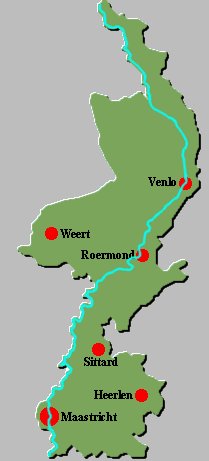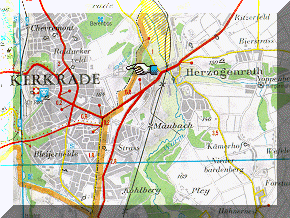ABOUT LIMBURG

Limburg is a province of 1.1 million people and 545,502 acres in the extreme southeast of The Netherlands. The former Duchy of Limburg was divided into two halves in 1839; the northern half is now part of The Netherlands, while the southern half is part of Belgium. Limburg contains the highest point in The Netherlands (321m) and is in many ways very different from the rest of the country because it is so far from the sea. Its landscape and weather is different, Limburg's rainfall is the lowest in the Netherlands (189 days per year). The culture is also very different; the traditional costume and wooden shoes often associated with Holland are rarely seen in Limburg. The fact that it is predominantly Catholic as opposed to Protestant like the rest of Holland also leads to differences--for example, Limburg’s "Carneval" is much like New Orleans' Mardi Gras and Germany's Fasching and is rarely celebrated in the North. Limburg is primarily still an agricultural province. South Limburg, however, has some well- developed industrial areas, such as Geleen, Heerlen, Maastricht (the provincial capital) and Kerkrade. Its economy was once entirely dependent on coal mining; however, all of the mines are now closed (the last in 1975) since the discovery of large areas of natural gas in Groningen. Now coal must be imported into the province. Kerkrade is not shown on this map but it is located just south-east of Heerlen at the border.
